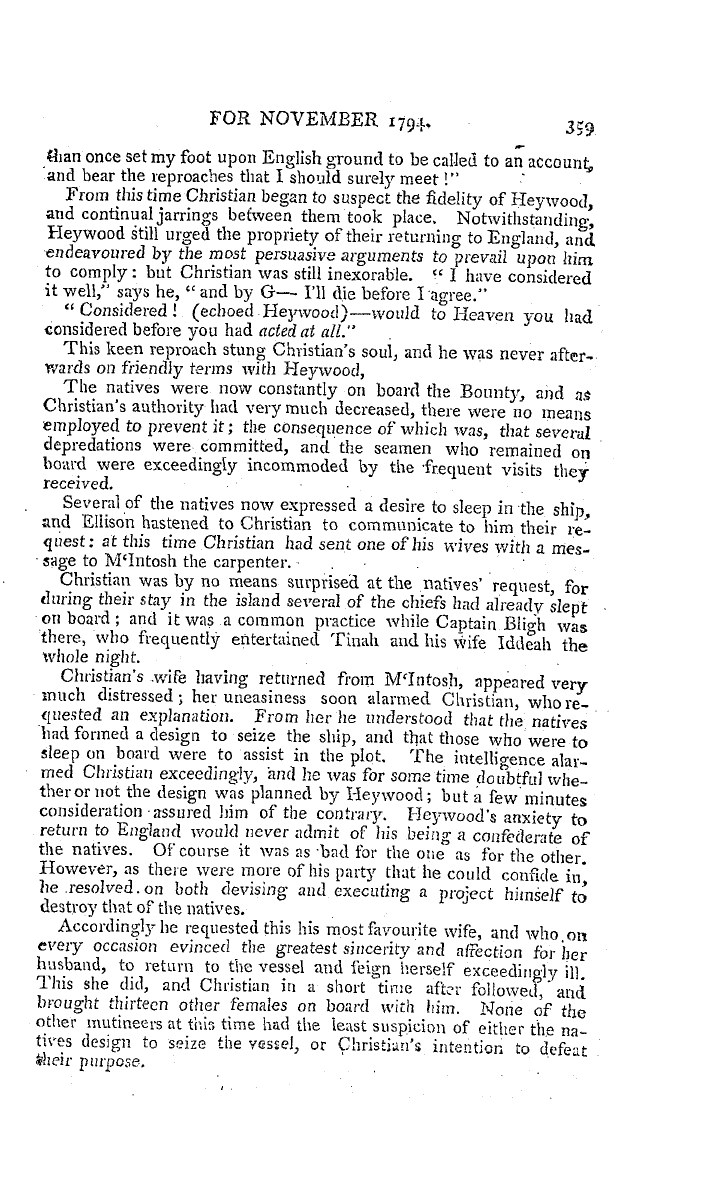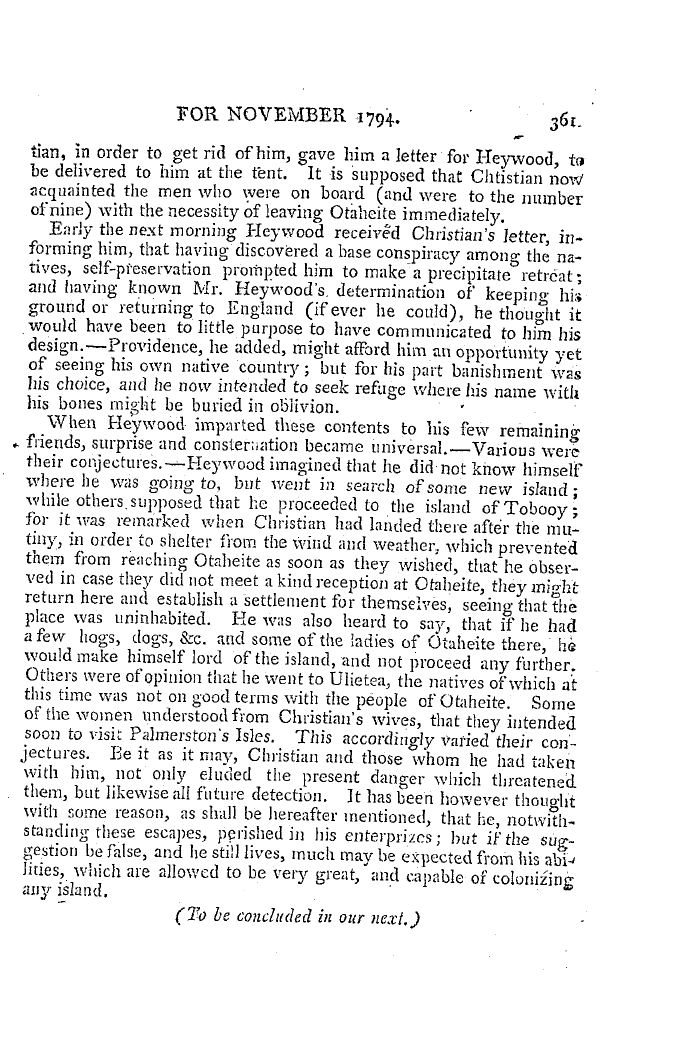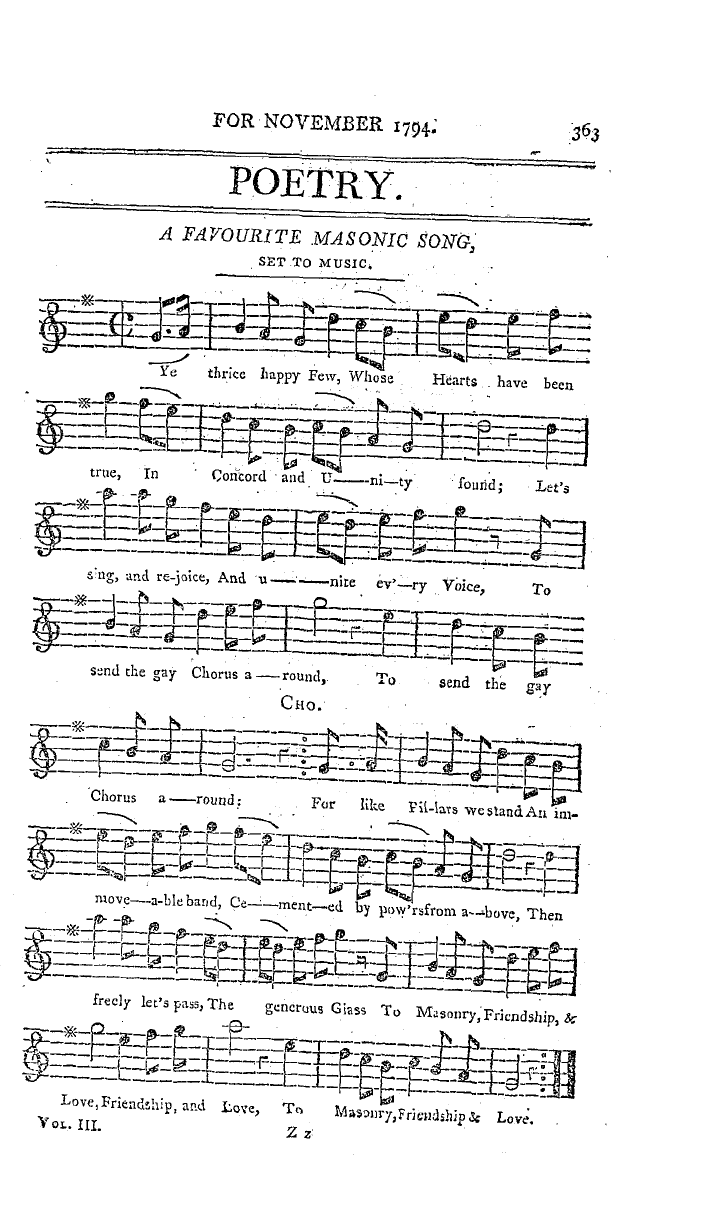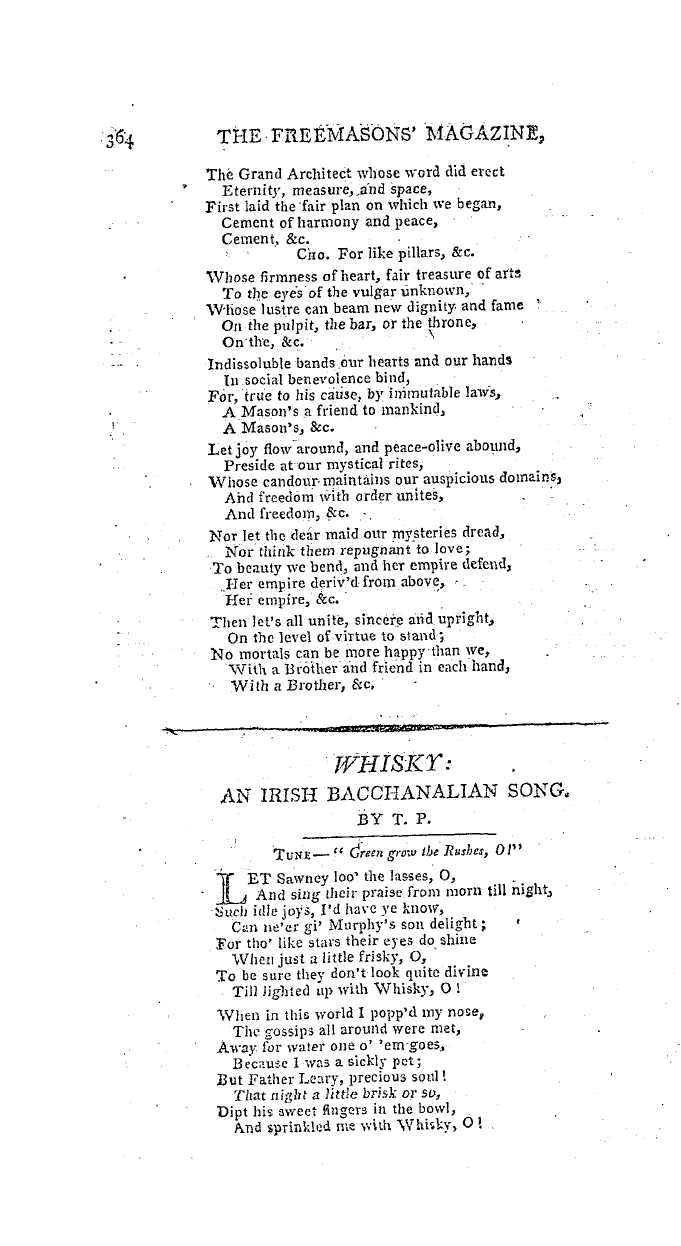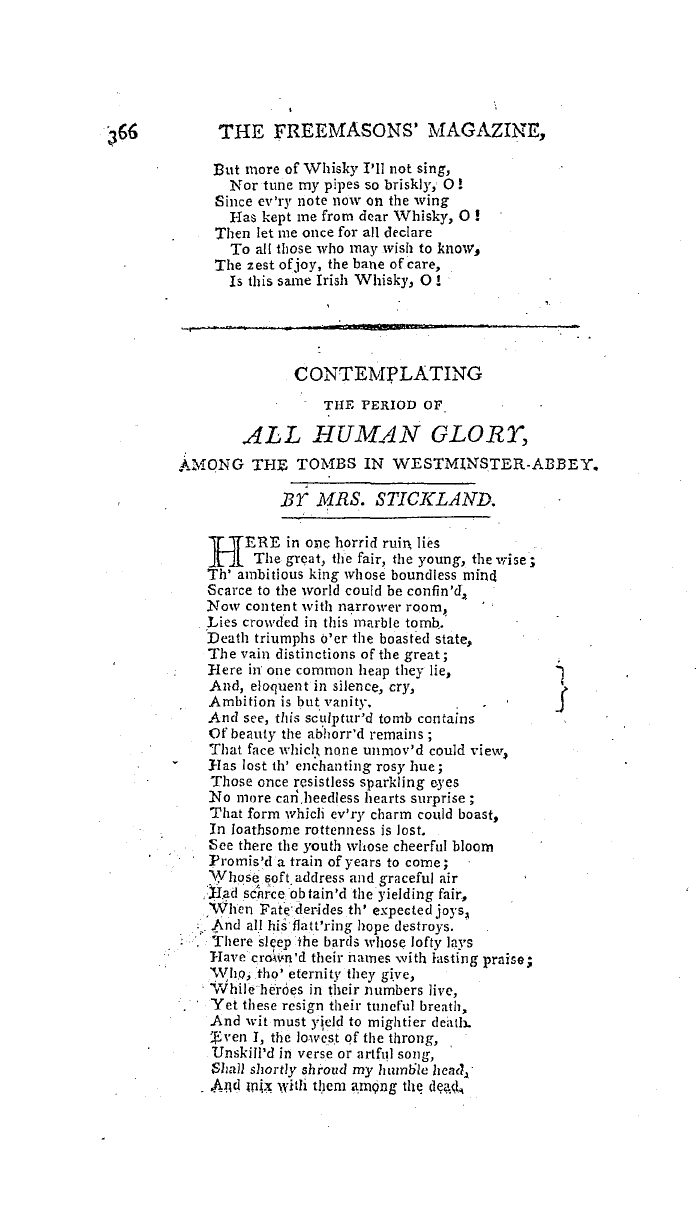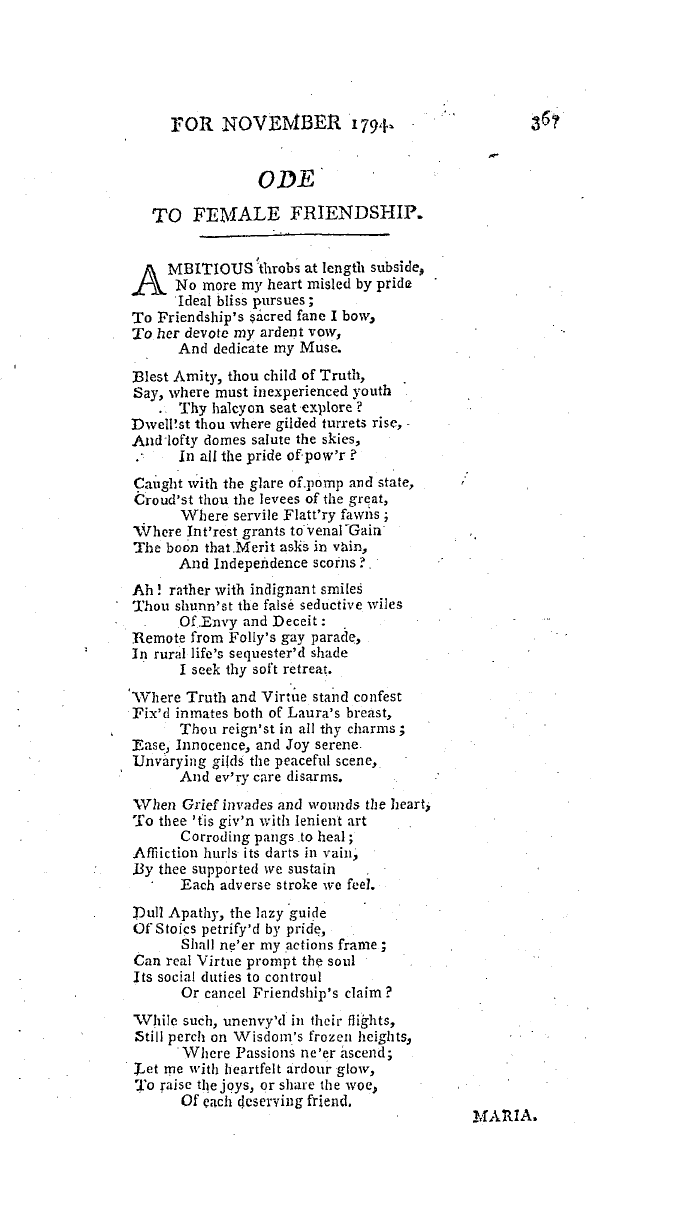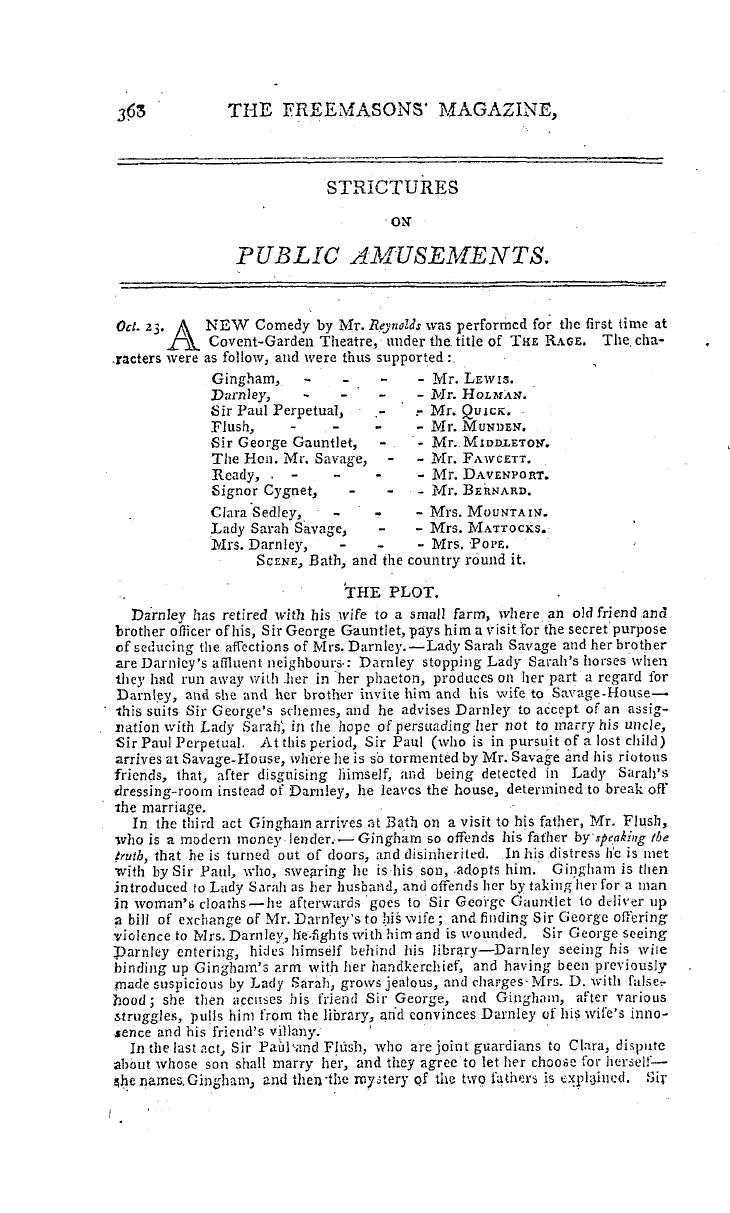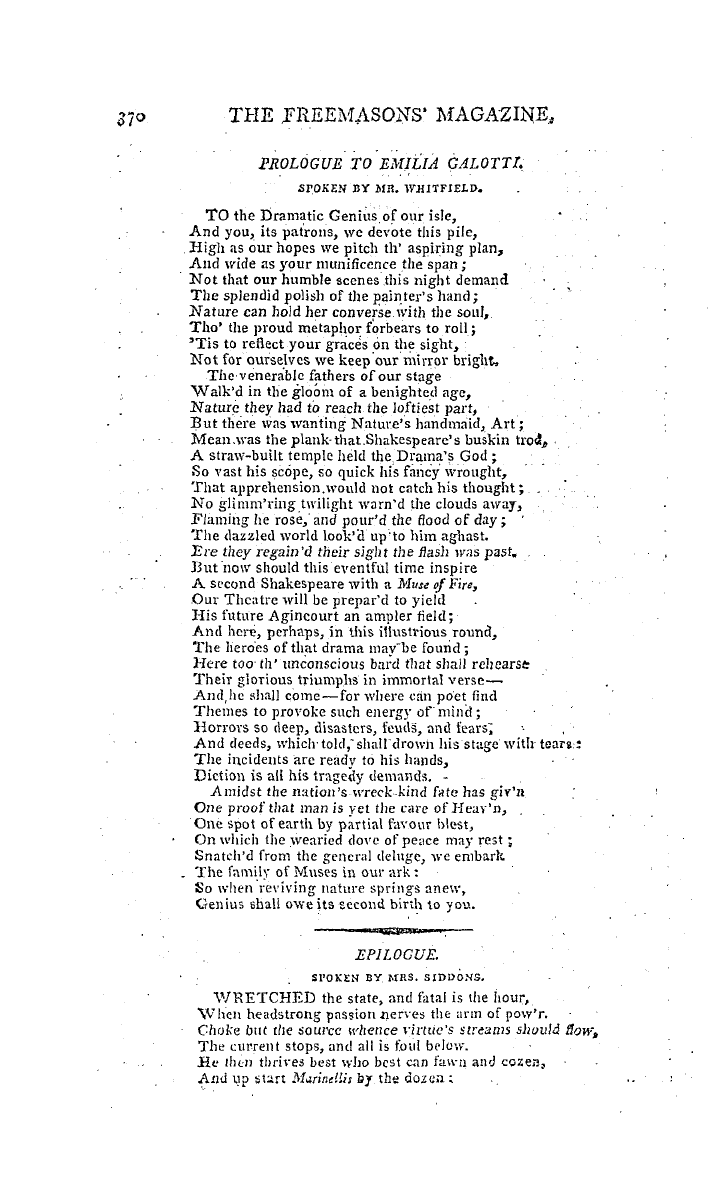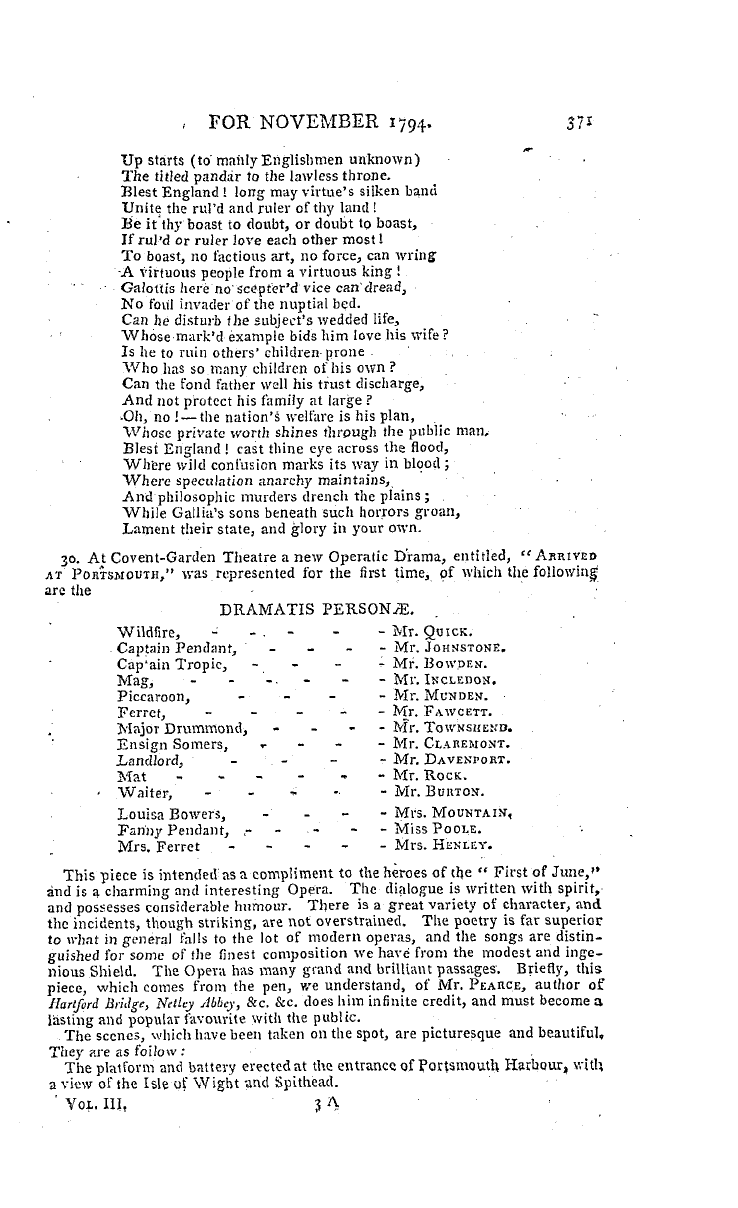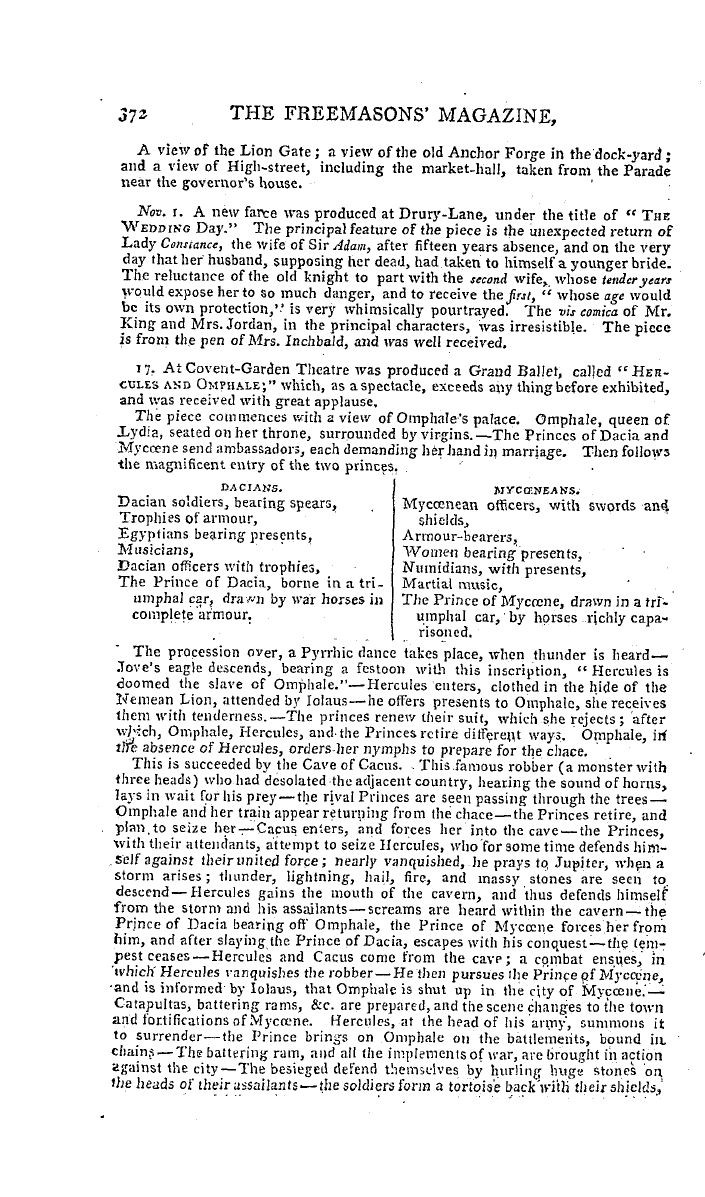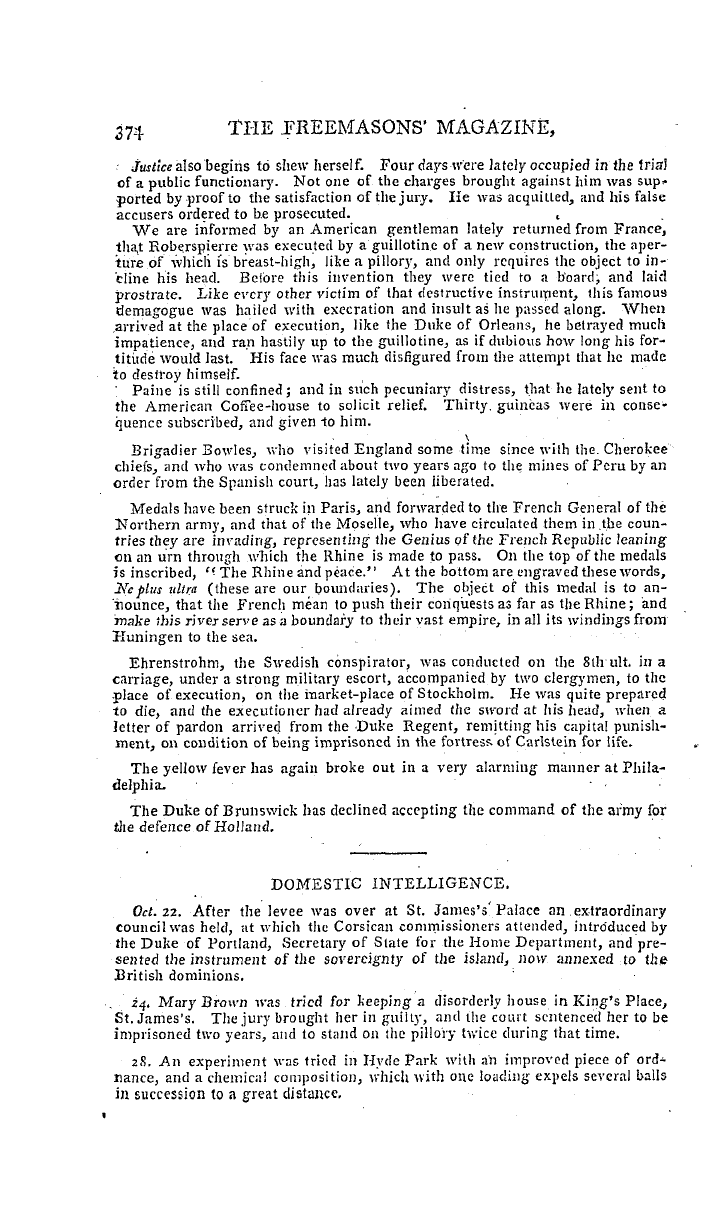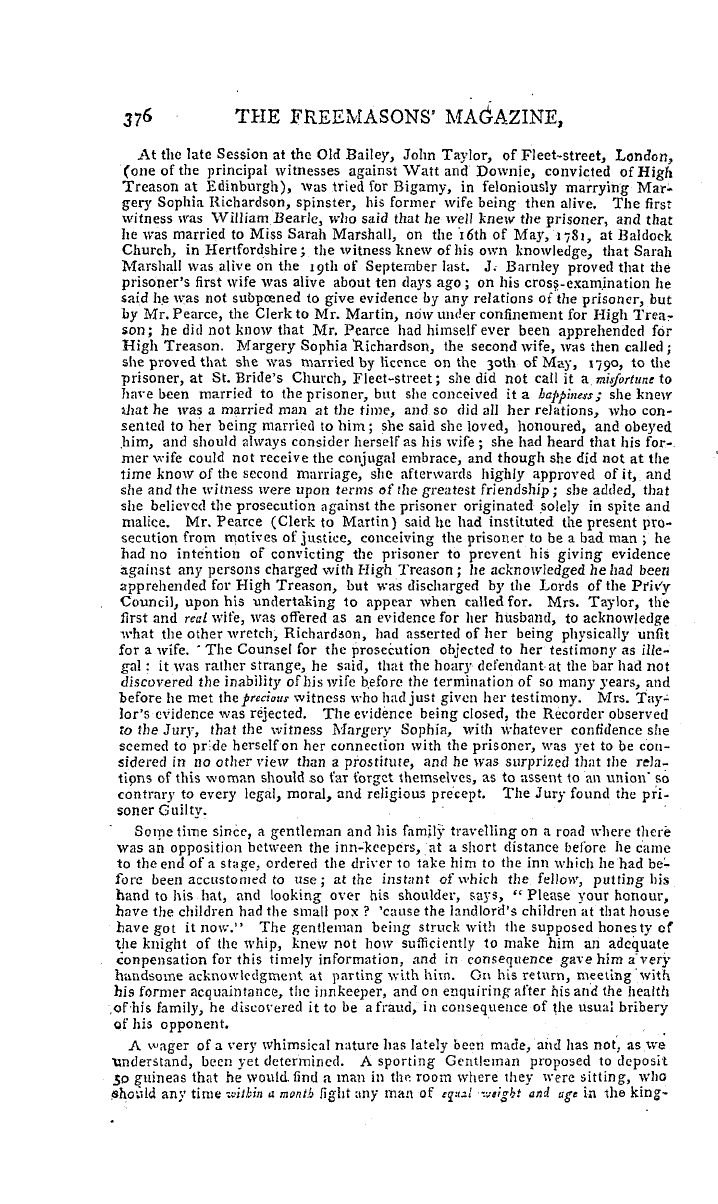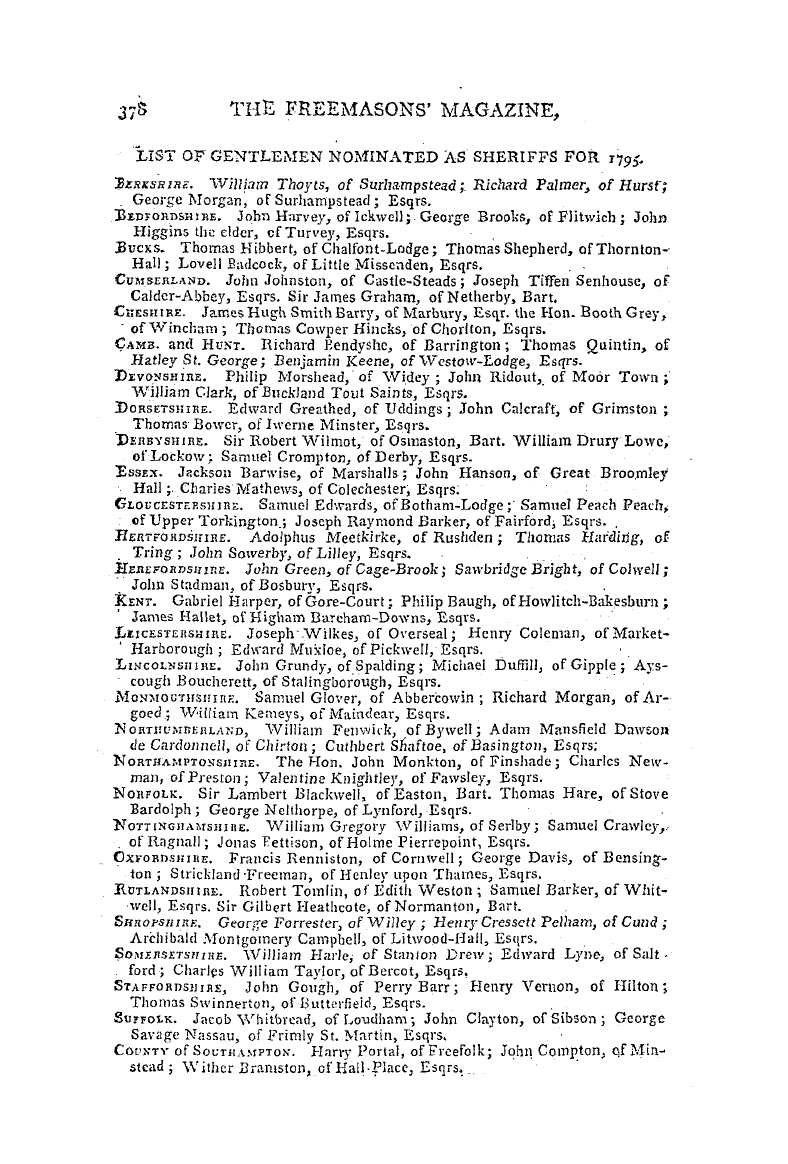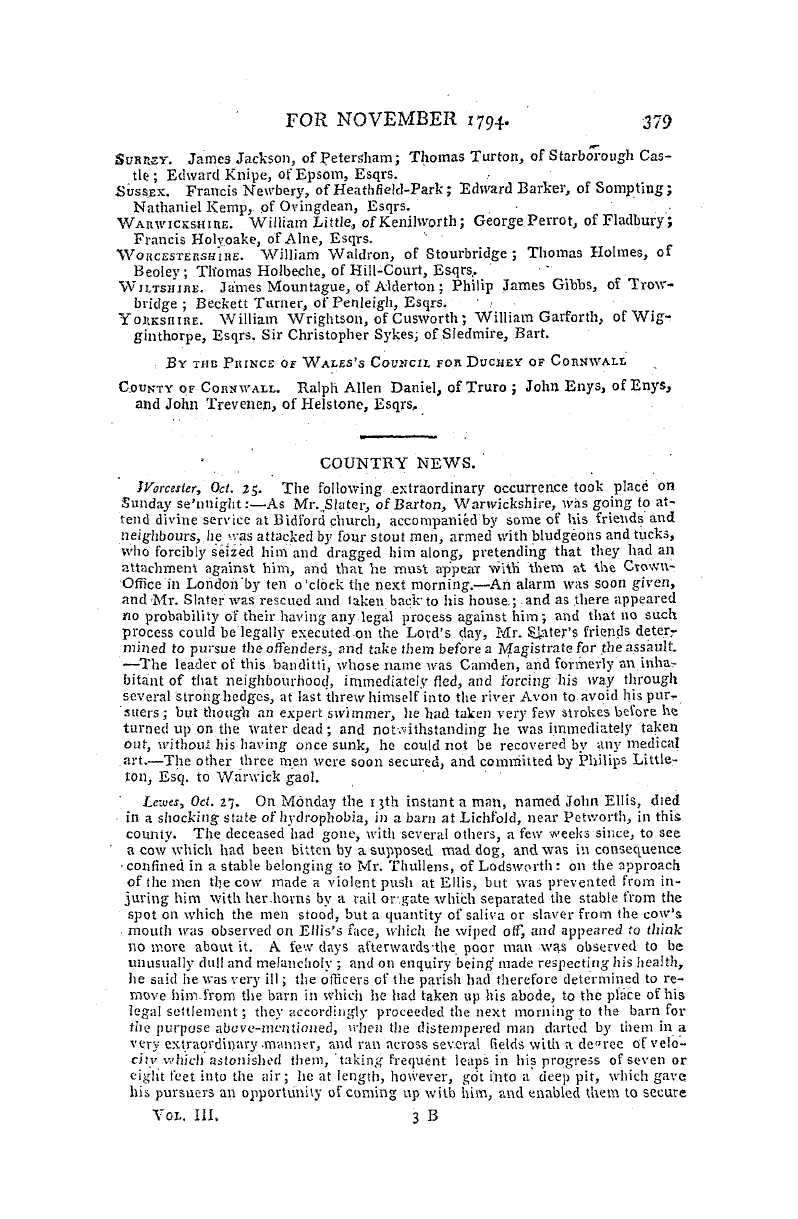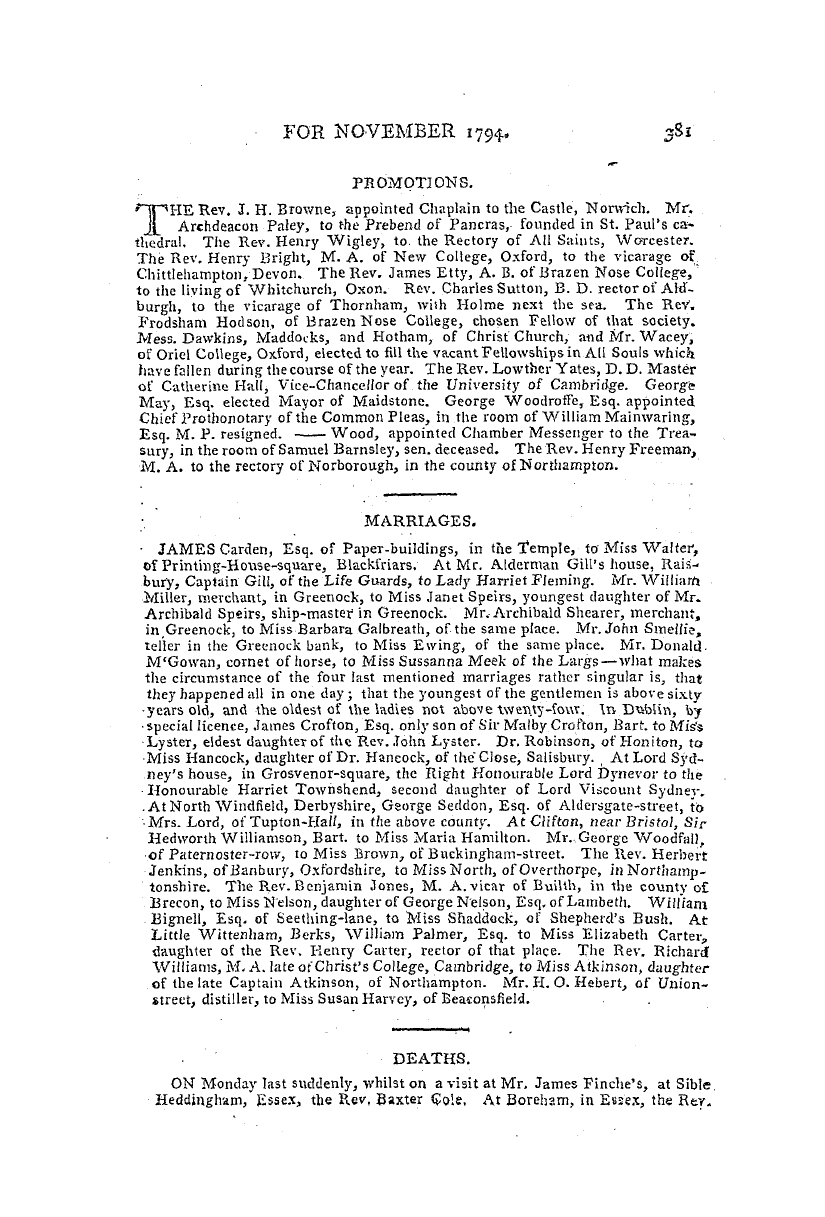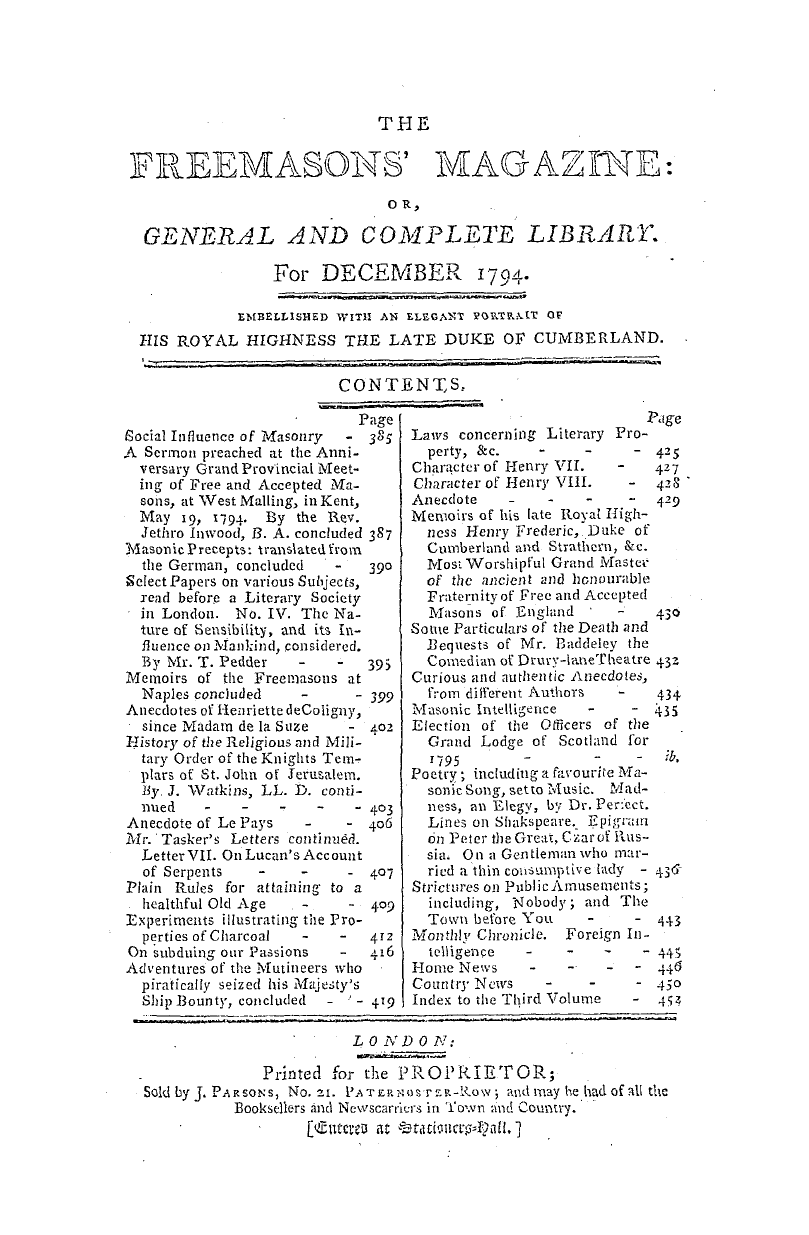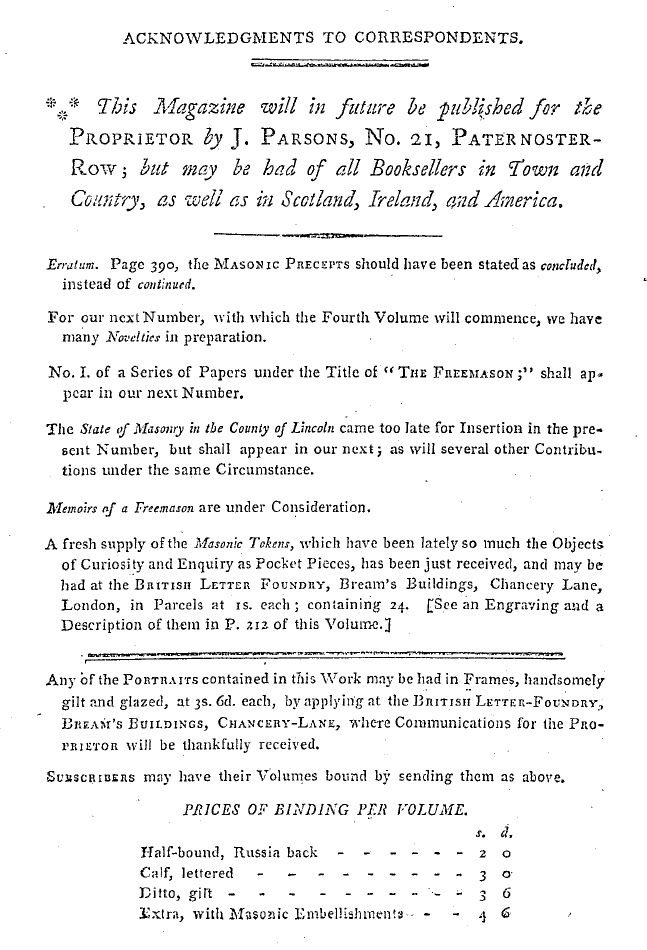Note: This text has been automatically extracted via Optical Character Recognition (OCR) software.
On The Variety Of Conjectures Concerning The Appearance And Departure Of Swallows.
nights , is known to come hither from the parts of the continent which are contiguous to our channel , when the swallows leave us . Many of these annual visitants have been said to resort constantly to the same habitations , and one , in particular , being supposed ( as I remember to have seen in some accounts ) to occupy the same nest which was suspended for some years undisturbed under the beam of an old barnhave been supposed to take their winter quarters not far
, up from their summer stations . Now , supposing their migration , which at present is equally probable with their continuance here ( for that is not proved ) , might it not be said , that , though we are ignorant of the places from which they migrate , Providence may have directed part of the same family to the veiy spot where the 3 ' first received their existence ? I part ;
say , for , if all that are bred here in a summer were either to awake again at the return of spring from their torpid state , on one supposition , or to return from distant climates , on the other , the superfcetation would be so prodi gious ( for there is such a forbearance shewn to the swallowtribe , that , except a few from wantonness , not many are destroyed , and even their nests are unmolested ) that there would not be food
, enough , even among the innumerable tribes of insects , to support them ; and , instead of being a benefit to mankind , they would prove the greatest nuisance . But it is not seen that their multitudes do so accumulate from one year to another ; on the contrary , nearly the same number of nests are built in our chimneys , and under our roofs ,
in the following as in the preceding summer . The particular food of which they come in pursuit is sufficient to maintain annuall y the colony sent out ; and , when they take their leave of us no greater flights are found hovering round our houses in any succeeding year than in those which went before . Either , thereforea certain number of the different kinds die in their several
-^ repo sitories , and the remainder are suffered to revive , to destroy the myriads of animalculaa that would otherwise destroy the fruits of the earth ; or , which is much more probable , the same wise Providence which proportions the'births of males to females in the human race , and appoints , for purposes unknown to us , different species of animals , through the whole scale of created beingsto be the of othersan
, prey , allotted number return to us from their retreats to more hospitable climates , to continue a succession which may be sufficient to lessen the various despoilers of the earth ' s productions , but not to'injure or offend us with their increasing multitudes .. , I very much fear , Sir , that the notion of these tribes of swallows being secreted in holes and caverns , and at the bottom of lakes and
rivers , is adopted with a view of accounting for their stated appearance among us without the necessity of providential interference . Mr . Buffon , the celebrated French naturalist , has endeavoured to explain tlie geometrical regularity of the hexagonal cells of bees , by saying that the animal , in the formation , of his cell , is so pressed by the adjoining labourers in the hive , that tlie space left to each mustun-, avoidably produce a hexagon . But why do they not produce circles ,
Note: This text has been automatically extracted via Optical Character Recognition (OCR) software.
On The Variety Of Conjectures Concerning The Appearance And Departure Of Swallows.
nights , is known to come hither from the parts of the continent which are contiguous to our channel , when the swallows leave us . Many of these annual visitants have been said to resort constantly to the same habitations , and one , in particular , being supposed ( as I remember to have seen in some accounts ) to occupy the same nest which was suspended for some years undisturbed under the beam of an old barnhave been supposed to take their winter quarters not far
, up from their summer stations . Now , supposing their migration , which at present is equally probable with their continuance here ( for that is not proved ) , might it not be said , that , though we are ignorant of the places from which they migrate , Providence may have directed part of the same family to the veiy spot where the 3 ' first received their existence ? I part ;
say , for , if all that are bred here in a summer were either to awake again at the return of spring from their torpid state , on one supposition , or to return from distant climates , on the other , the superfcetation would be so prodi gious ( for there is such a forbearance shewn to the swallowtribe , that , except a few from wantonness , not many are destroyed , and even their nests are unmolested ) that there would not be food
, enough , even among the innumerable tribes of insects , to support them ; and , instead of being a benefit to mankind , they would prove the greatest nuisance . But it is not seen that their multitudes do so accumulate from one year to another ; on the contrary , nearly the same number of nests are built in our chimneys , and under our roofs ,
in the following as in the preceding summer . The particular food of which they come in pursuit is sufficient to maintain annuall y the colony sent out ; and , when they take their leave of us no greater flights are found hovering round our houses in any succeeding year than in those which went before . Either , thereforea certain number of the different kinds die in their several
-^ repo sitories , and the remainder are suffered to revive , to destroy the myriads of animalculaa that would otherwise destroy the fruits of the earth ; or , which is much more probable , the same wise Providence which proportions the'births of males to females in the human race , and appoints , for purposes unknown to us , different species of animals , through the whole scale of created beingsto be the of othersan
, prey , allotted number return to us from their retreats to more hospitable climates , to continue a succession which may be sufficient to lessen the various despoilers of the earth ' s productions , but not to'injure or offend us with their increasing multitudes .. , I very much fear , Sir , that the notion of these tribes of swallows being secreted in holes and caverns , and at the bottom of lakes and
rivers , is adopted with a view of accounting for their stated appearance among us without the necessity of providential interference . Mr . Buffon , the celebrated French naturalist , has endeavoured to explain tlie geometrical regularity of the hexagonal cells of bees , by saying that the animal , in the formation , of his cell , is so pressed by the adjoining labourers in the hive , that tlie space left to each mustun-, avoidably produce a hexagon . But why do they not produce circles ,















































